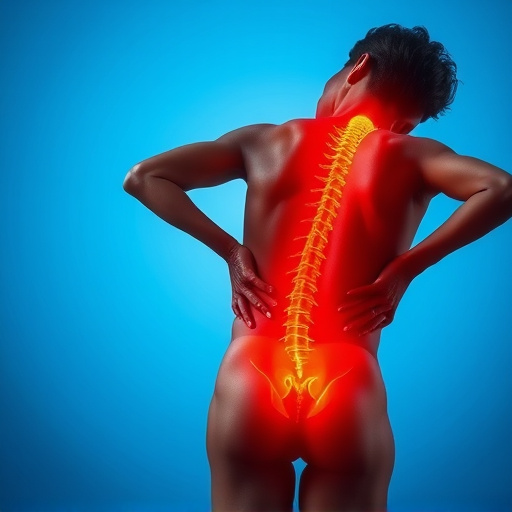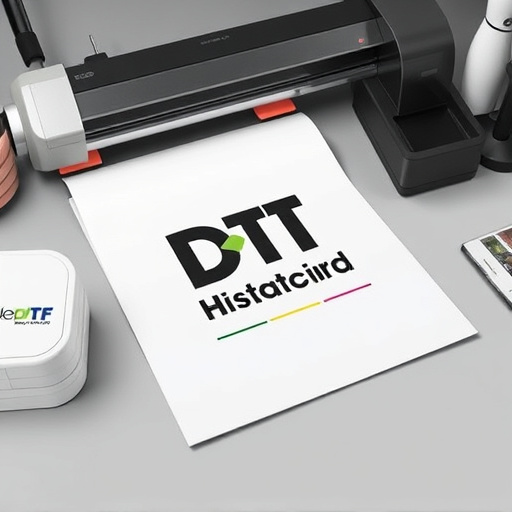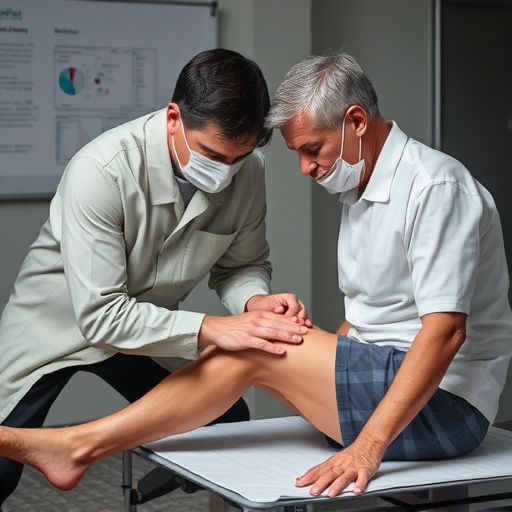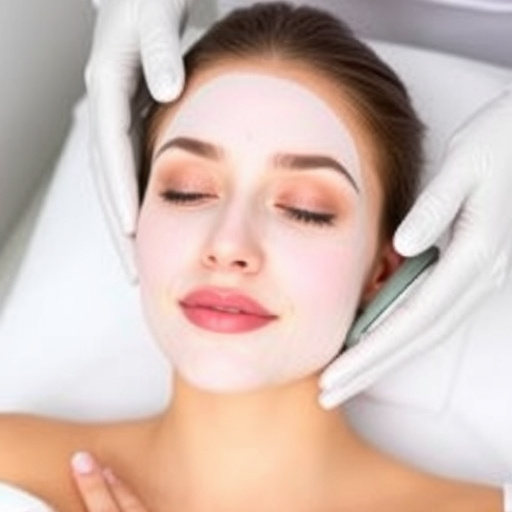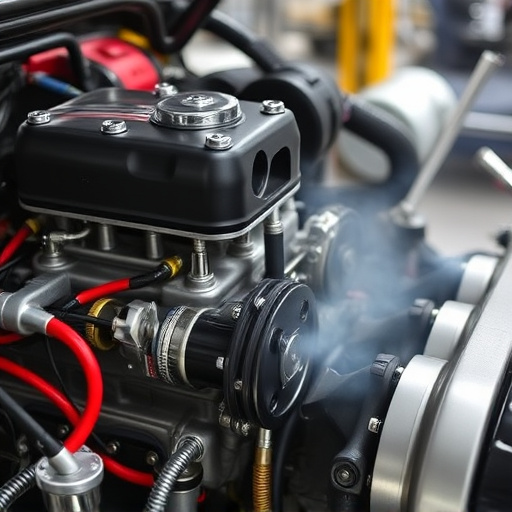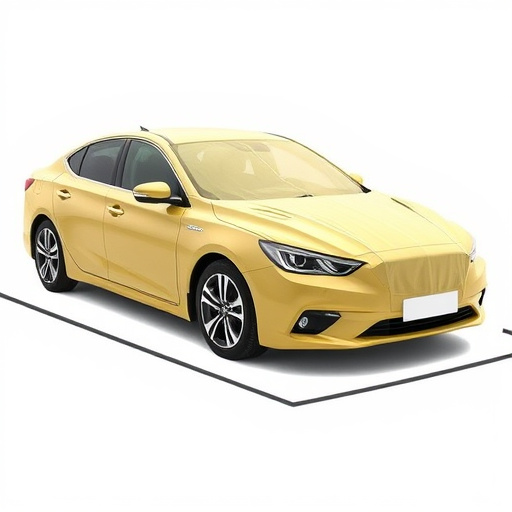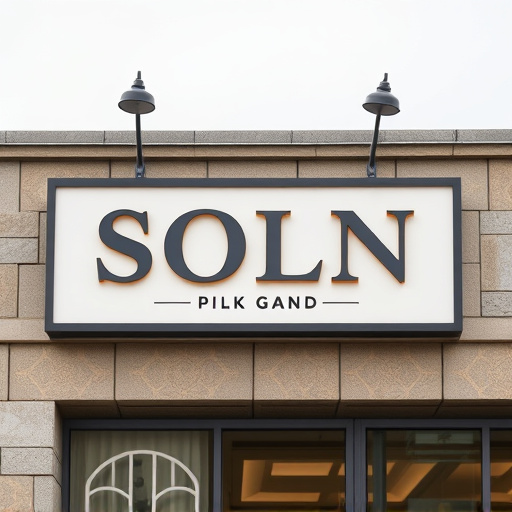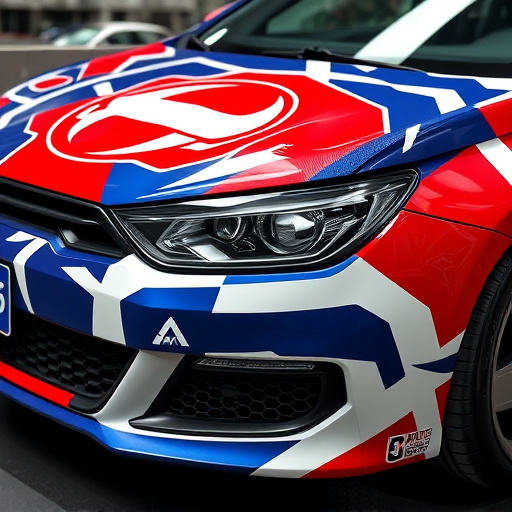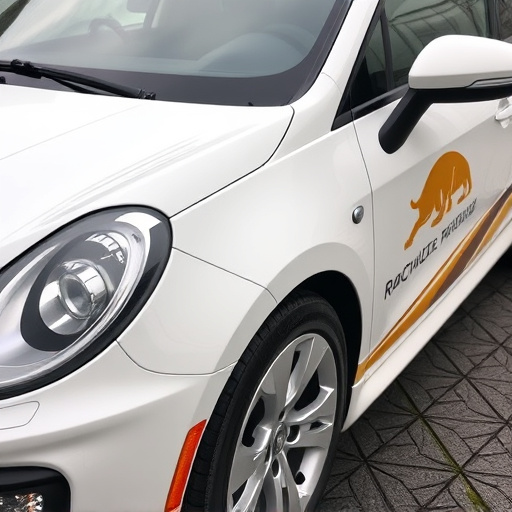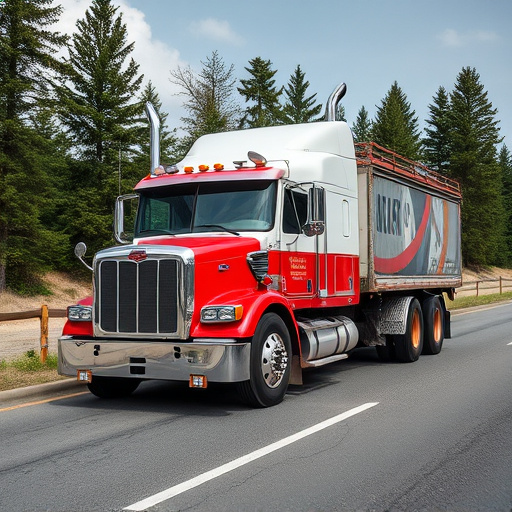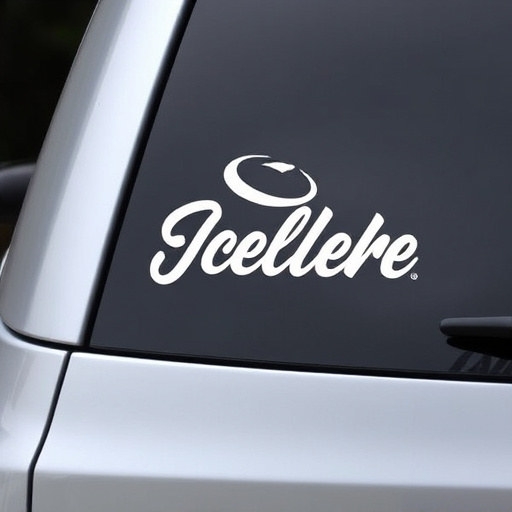Swirl marks, caused by improper washing or environmental factors, damage automotive paintwork and reduce vehicle value. These circular scratches not only detract from aesthetics but expose paint to UV radiation, speeding degradation. Swirl mark removal is crucial for restoring luster, preserving paint integrity, and maintaining the appearance of custom graphics or protective coatings. Specialized techniques like compound polishing are effective solutions. This process is essential in paint correction, preparing surfaces for finishing touches and extending vehicle lifespan. It's a critical step towards achieving flawless, like-new paint.
In the realm of automotive care, paint correction is an art that demands precision. Among the myriad issues a car’s finish can present, swirl marks stand out as a common and frustrating challenge. This article delves into the significance of swirl mark removal as the foundational step in achieving flawless paint correction. By understanding the causes and impact of these markings, we’ll explore effective techniques to ensure optimal results, transforming your vehicle’s appearance.
- Understanding Swirl Marks: Causes and Impact
- The Role of Swirl Mark Removal in Paint Correction
- Effective Techniques for Achieving Optimal Results
Understanding Swirl Marks: Causes and Impact
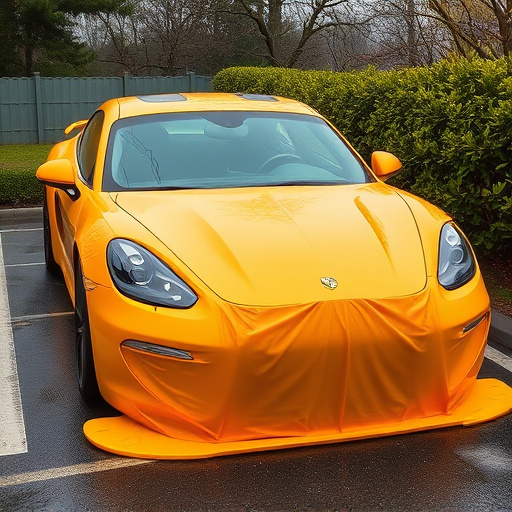
Swirl marks, a common automotive concern, are unsightly defects that can significantly impact a vehicle’s appearance and value. These imperfections, caused by improper washing techniques, road debris, or manufacturing flaws, manifest as small, circular scratches on a car’s paintwork. While they might seem harmless, swirl marks can lead to more severe damage if left untreated, affecting the overall gloss and depth of high-quality finishes.
The presence of swirl marks not only diminishes the aesthetic appeal but also provides an entry point for UV radiation, which can accelerate paint degradation over time. This is particularly concerning for vehicles with custom graphics, where precise color matching and precision are paramount. Effectively removing swirl marks through specialized techniques like compound polishing is crucial in restoring a car’s original luster, enhancing its overall appearance, and preserving the integrity of both the paint and any custom graphics or UV protection coatings applied.
The Role of Swirl Mark Removal in Paint Correction
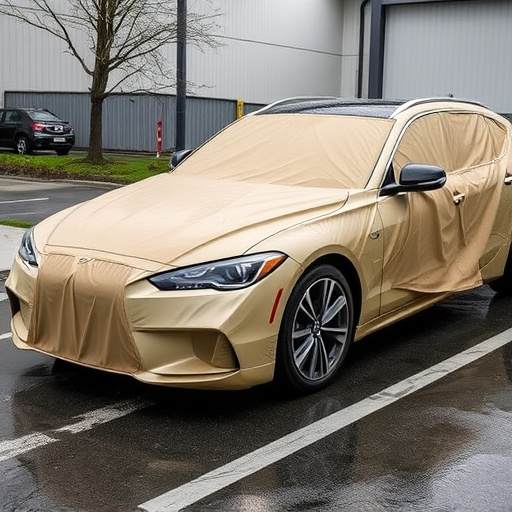
Swirl mark removal is a fundamental step in the paint correction process, playing a pivotal role in achieving a flawless vehicle finish. These swirl marks, caused by improper washing or drying techniques, are more than just unsightly; they can lead to deeper scratches and imperfections that compromise the integrity of the paint job. Skipping this initial phase risks leaving behind these micro-damages, which not only affect the aesthetics but also impact the durability of the paint protection.
Effective swirl mark removal is crucial for preparing the surface before applying any finishing touches or protective coatings, like UV protection films or cerams. By eliminating these marks, it ensures that the final layer adheres seamlessly, enhancing the overall vehicle protection and extending its lifespan. This meticulous process forms a crucial part of any comprehensive vehicle enhancement regimen.
Effective Techniques for Achieving Optimal Results
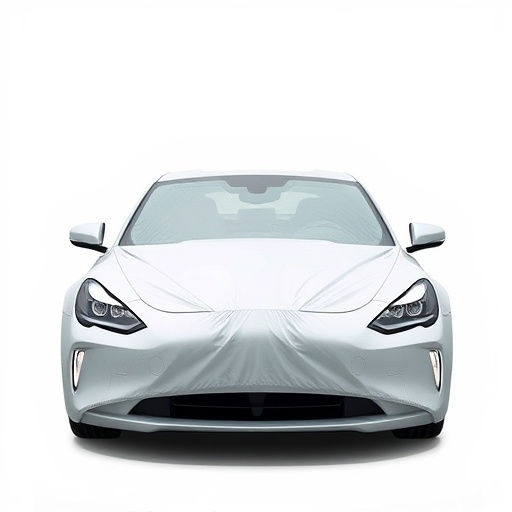
In the quest for achieving flawless, like-new paint on a vehicle, swirl mark removal stands as a cornerstone of any comprehensive paint correction process. This initial step is paramount because swirl marks—small, circular scratches caused by improper washing or other environmental factors—not only detract from aesthetics but can also lead to deeper damage beneath the surface. Effective techniques for achieving optimal results involve a multi-step approach that includes using specialized tools like cutting compounds and polishes designed to gently yet aggressively remove these marks.
Automotive detailing professionals often employ a combination of mechanical and chemical methods, starting with lighter compound for initial swirl mark reduction and finishing with finer abrasives and protective coatings to achieve a smooth, glossy finish. Vehicle wraps, while not always necessary, can serve as an additional layer of protection against future swirl marks and other types of paint damage. This meticulous process ensures that the vehicle’s exterior is not only visually stunning but also protected from the elements, enhancing its overall value and longevity.
Swirl mark removal is a fundamental first step in paint correction, addressing visible imperfections that can detract from a vehicle’s overall aesthetics. By understanding the causes and impact of swirl marks, and employing effective techniques for their removal, auto detailers can significantly enhance the finish, restoring the car to its original glossy condition. This process not only improves visual appeal but also serves as a crucial foundation for subsequent paint correction steps.
